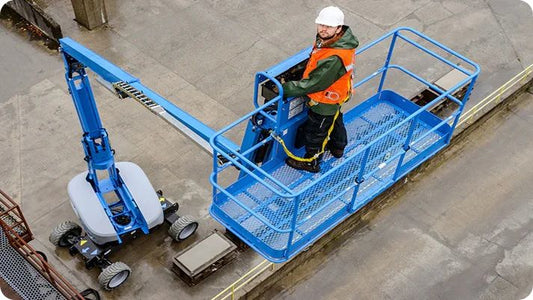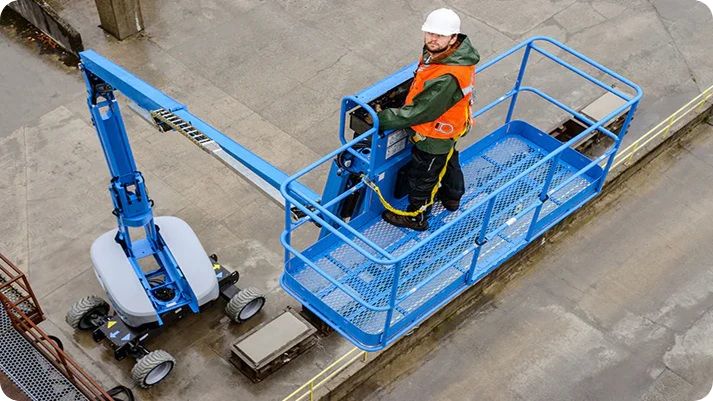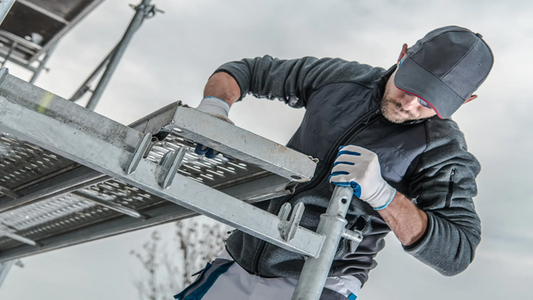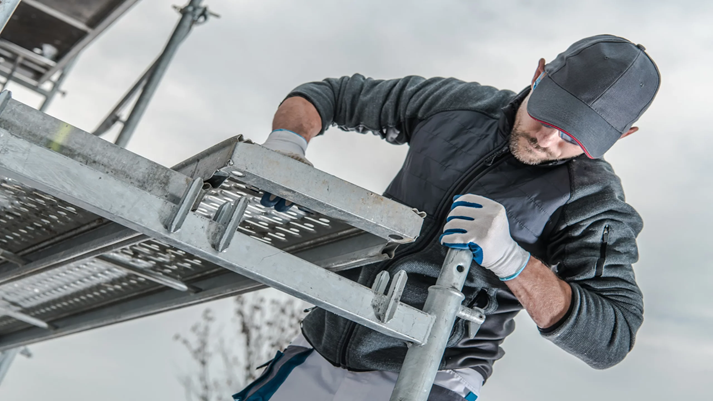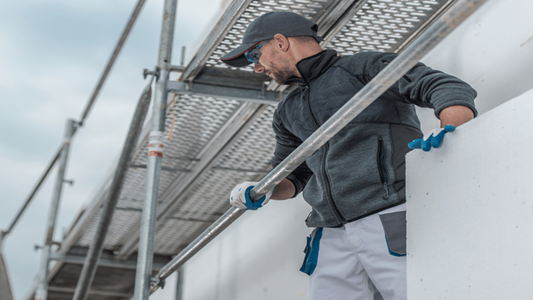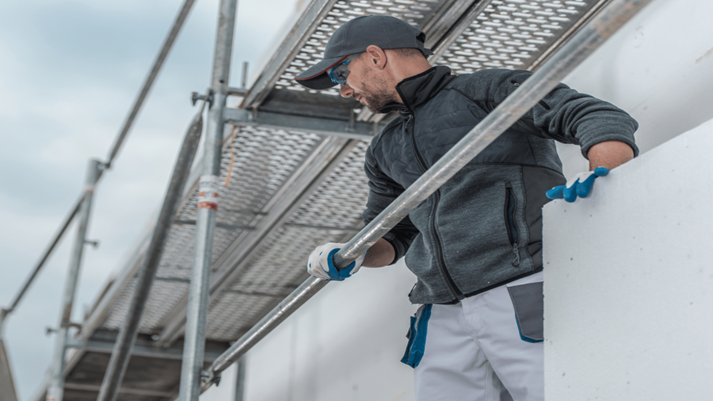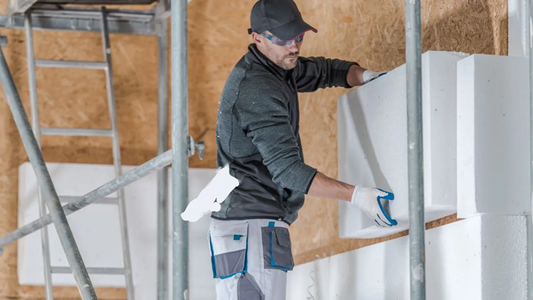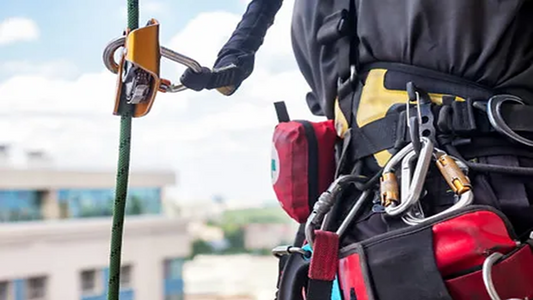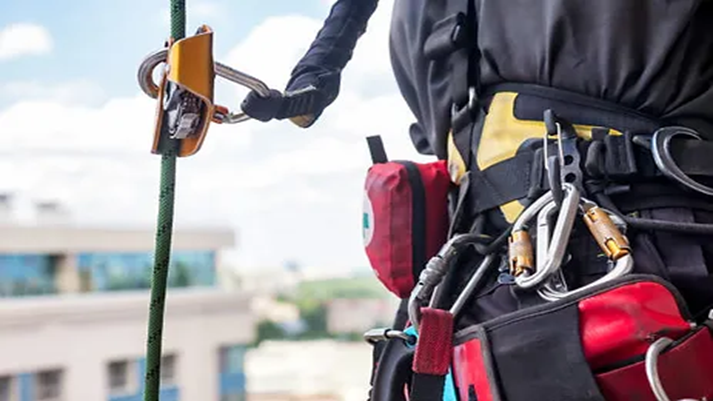Fall protection is a critical part of safety on construction sites, especially when working at height. The right choice of fall protection equipment can save lives and prevent serious injuries. In this article, we provide an overview of the most common types of fall protection equipment, their uses, and the requirements that apply.
Common types of fall protection equipment
-
Safety harness (personal protective equipment): Basic equipment that should be used by anyone working at height. Ensures that you are held in place in the event of a fall.
-
Anchorage points: The point where the safety line is attached. Must be approved and able to withstand load according to regulations.
-
Lifeline with absorber: A line that connects the harness to the anchor point, often with an energy absorber that reduces the force of a fall.
-
Self-retractors (fall protection blocks): Automatic tensioning system that provides freedom of movement and locks in the event of a fall.
- Anchor plates and scaffolding anchors: Used to secure anchor points on scaffolding or buildings.
Applications and customization
Fall protection equipment must be adapted to the work task and workplace. For example:
- When working on scaffolding, it is common to use a harness and lifeline attached to an approved anchor point.
- When working on roofs, self-retractors can provide better freedom of movement.
- When assembling scaffolding, anchor plates can be used for secure anchoring.
Requirements and regulations
- Everyone who works at a height of more than 2 meters must have the necessary fall protection equipment in accordance with the Norwegian Labour Inspection Authority's regulations.
- The equipment must be CE marked and approved according to Norwegian and European standards.
- Regular inspection and maintenance are required to ensure the equipment's function and durability.
- Training in the use of fall protection equipment is mandatory, and courses such as the Fall Protection Course provide the necessary knowledge.
Tips for choosing the right equipment
- Map out the work task and the risk profile before choosing equipment.
- Choose equipment that is easy to use and adapted to the work environment.
- Ensure that all equipment is in proper condition and has documentation.
- Take regular courses and refreshers to stay up to date on best practices.
Choosing the right fall protection equipment is not only about meeting legal requirements, but also about creating a safe working environment where dangerous falls are avoided. The right equipment, combined with good training and routines, is the key to safety at height.
Want to learn more? Check out our Fall Protection Course and other courses for safe scaffolding and working at heights.




